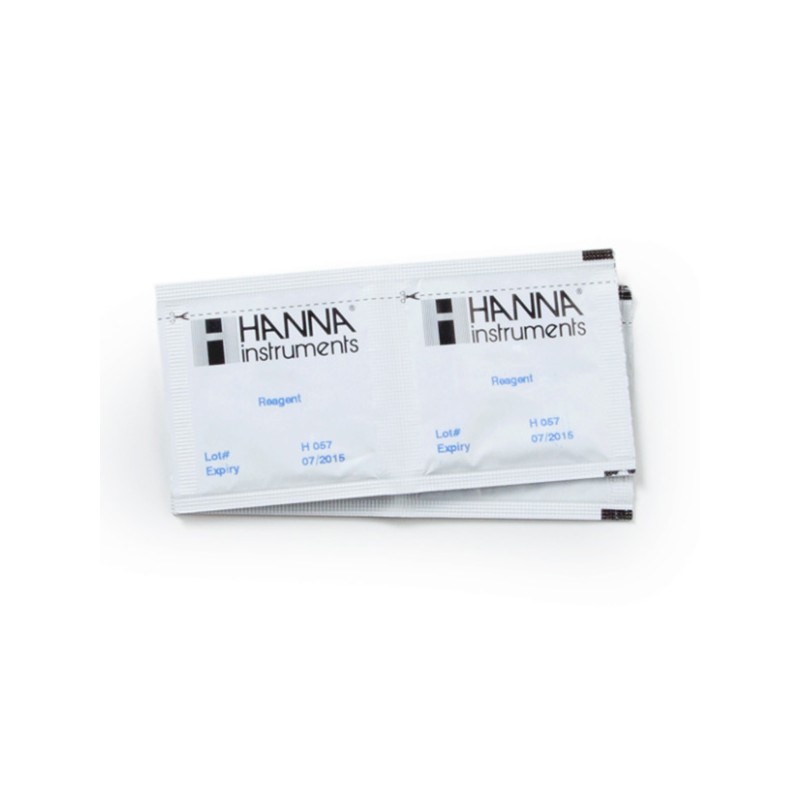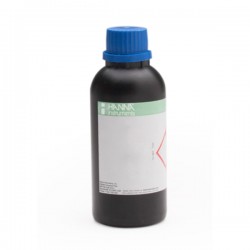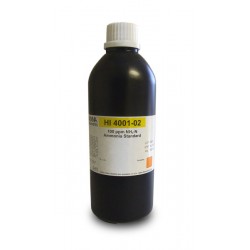

HI-84500-62 Stabiliser Packet for wine analysis, 100 pieces
In Stock 6 Items available
HI-84500-62
The HI-84500-62 are packets of stabiliser reagent required for determination of sulphur dioxide in wine using the HI-84500 Sulphur Dioxide Mini Titrator for Wine Analysis.
The HI-84500 mini titrator uses two different titrant solutions that contain different concentrations of potassium iodate to measure a wide range of sulphur dioxide concentration in wine. Both low and high range measurements require the addition of HI-84500-62 stabiliser powder to convert iodate into iodine, which in turn reacts with sulphur dioxide. The HI-84500-62 powder is packaged into single use packets that are emptied into the sample prior to performing the titration.
The HI-84500-62 stabiliser powder packets are necessary to convert the iodate titrant into iodine. The iodine then reacts with sulphur dioxide and the HI-3148B ORP electrode is used to detect the endpoint for both the low (1.0 to 40.0 ppm of SO2) and high (30 to 400 ppm of SO2) ranges. The decision by Hanna to use the HI-84500-62 stabiliser powder packets and iodate titrant in place of a iodine titrant is due to shelf stability. Iodate offers much greater shelf stability than iodine. By using stabiliser packets the titrant solutions remain stable for longer periods of time. The HI-84500 can be used with all wines, including red, which are difficult to test using traditional methods due to the difficulty to observe a distinctive colour change when the endpoint is reached.
The HI-84500 determines the free and total sulphur dioxide concentration in wine using the Ripper method. Excess iodide is added to the wine sample and reacts with the iodate titrant to produce iodine:
IO3- + 5I- + 6H+ → 3I2 + 3H2O
The iodine produced reacts with sulphur dioxide in the wine according to the redox reaction below:
H2SO3 + I2 → H2SO4 + 2HI
Read More























